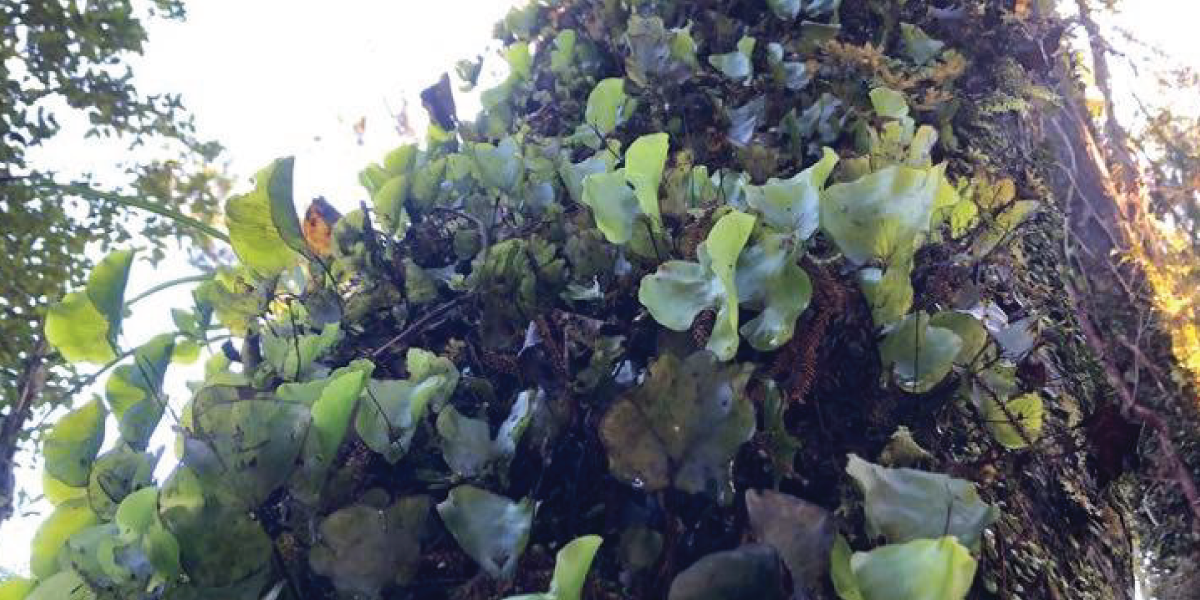Plants we love: Epiphytes
Epiphytes, also known as air plants, are classified as any plant that grows upon another plant or object purely for physical support. Epiphytes have no connection to the ground or other apparent nutrient supply and are not parasitic on the secondary plants.
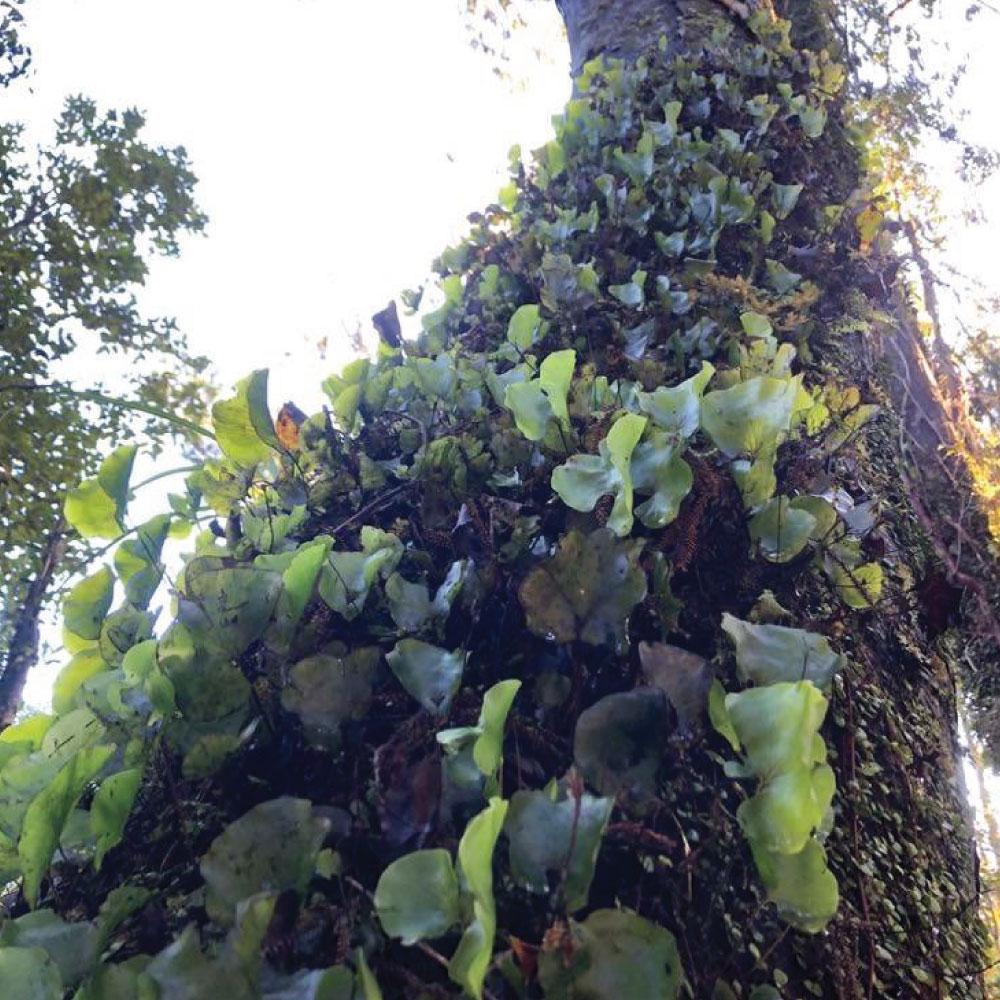
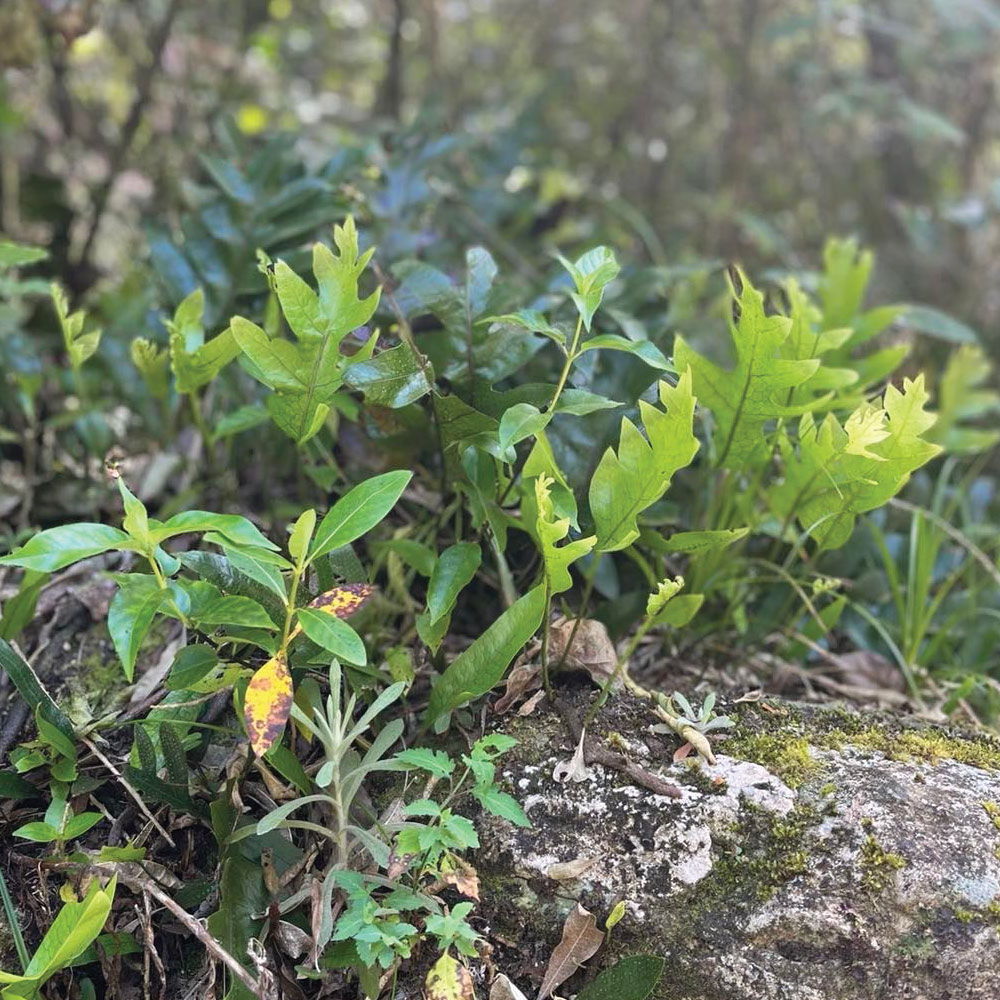
Epiphytes are usually found in moist, tropical areas, where their ability to grow above ground level provides more access to sunlight in dense forests and takes advantage of the nutrients available from organic debris, such as leaves, that collects high in the tree canopy.
In New Zealand, we have four different groups of Epiphytes:
- Typical epiphytes – ‘habitually epiphytic’ although they may not be solely so.
- Occasional epiphytes – species that ordinarily grow terrestrially but from time to time may be found growing as epiphytes.
- Hemi-epiphytes – are trees that establish as epiphytes on other trees, tree ferns or shrubs and then grow taproots that eventually enable the species to grow independently of its original host.
- Ephemeral epiphytes – species that are accidentally epiphytic and in most cases are seedlings of trees or shrubs that establish as epiphytes but die before reaching maturity.
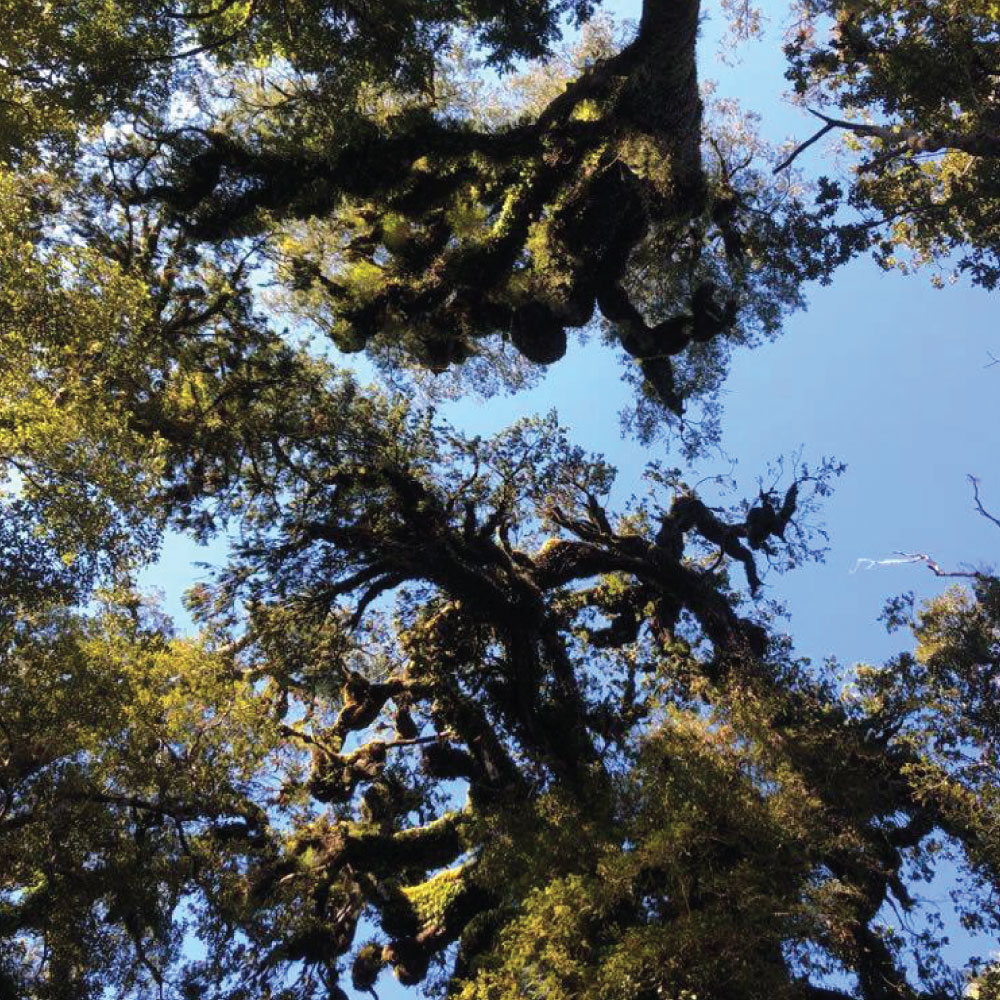 Most epiphytic plants are angiosperms (flowering plants). They include many species of orchids, tillandsias, and other members of the pineapple family (Bromeliaceae). Mosses, ferns, and liverworts are also common epiphytes and are found in both tropical and temperate regions. While epiphytes are uncommon in dry environments, ball moss (Tillandsia recurvata) is a notable exception and can be found in coastal deserts in Mexico, where it receives moisture from marine fog.
Most epiphytic plants are angiosperms (flowering plants). They include many species of orchids, tillandsias, and other members of the pineapple family (Bromeliaceae). Mosses, ferns, and liverworts are also common epiphytes and are found in both tropical and temperate regions. While epiphytes are uncommon in dry environments, ball moss (Tillandsia recurvata) is a notable exception and can be found in coastal deserts in Mexico, where it receives moisture from marine fog.

Epiphytes create aerial roots that absorb moisture from the humid air, allowing them to develop on other plants without harming their hosts. Epiphytes acquire water from rain and water vapour in the air. Most epiphytes soak up water utilising their roots, some have specialised leaves that also absorb moisture. While some minerals are obtained directly from rain, nutrients are usually absorbed from the debris that gathers on the supporting plants.
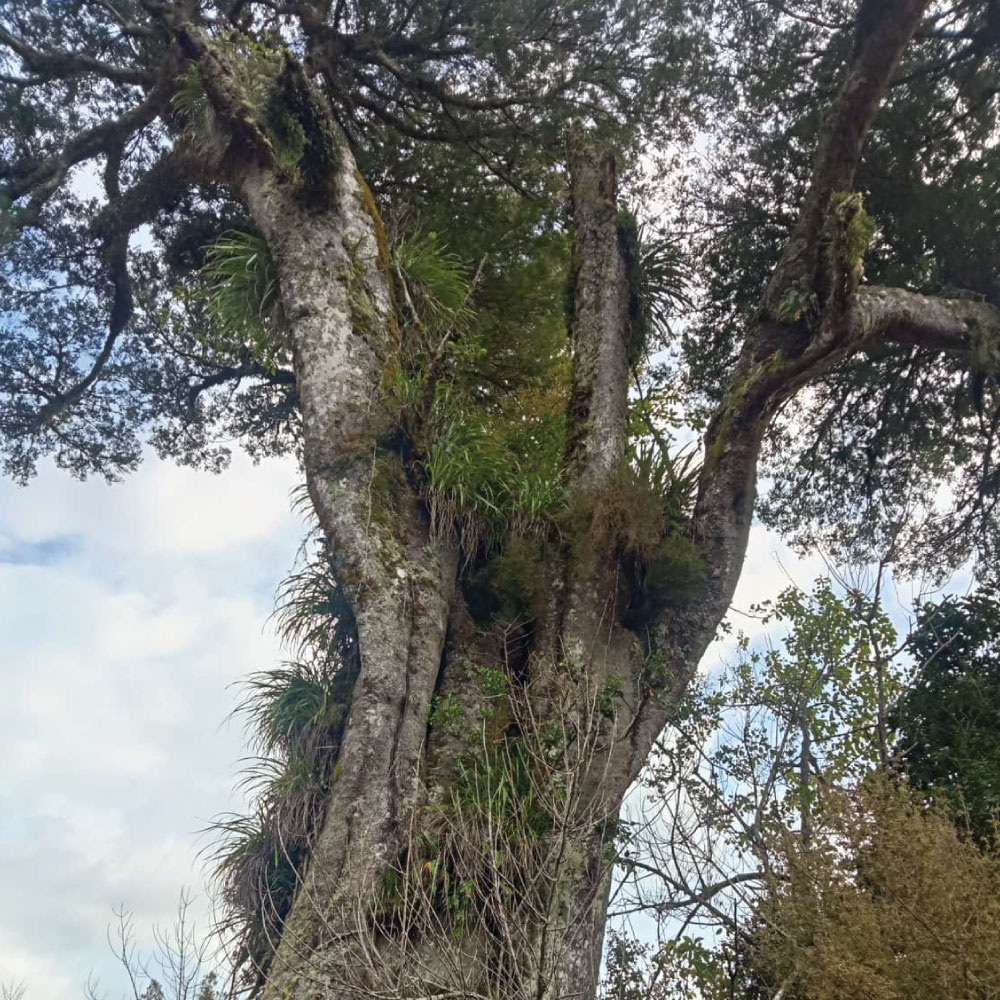 Given their narrow habitat requirements, many epiphytes rely on wind for seed dispersal and have feathery or dust-like seeds. Animal dispersal is also common, and a number of species have edible fruits with seeds that are dispersed by birds and other tree-dwelling animals.
Given their narrow habitat requirements, many epiphytes rely on wind for seed dispersal and have feathery or dust-like seeds. Animal dispersal is also common, and a number of species have edible fruits with seeds that are dispersed by birds and other tree-dwelling animals.
Resources:

